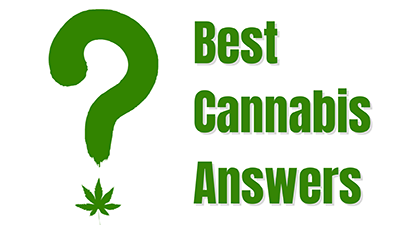In many ways, North America is the home of medical cannabis. To be fair, Israel was where the first cannabinoid was isolated (THC), however, from a policy and industry standpoint North America stands above the rest of the world.
Cannabis is legal in Canada, including for medical purposes, and the North American country has long been home to a robust medical cannabis industry. The United States is different in that cannabis is still prohibited at the federal level, including for medical purposes. However, nearly every state and Washington D.C. have legalized cannabis for medical use in some form. Mexico has also legalized cannabis for medical use, as have many countries in the Caribbean region.
Some patients in North America are registered with a medical cannabis program and others choose to not be registered for one reason or another. Several jurisdictions have legalized cannabis for medical use but have yet to launch their medical cannabis patient registries, and that will change the number of registered patients once those programs are officially implemented.
How many people in North America use cannabis for medical purposes? That question was answered by a recent study, as highlighted in a recent news release from NORML:
Waterloo, Canada: More than one in four North Americans acknowledge having used cannabis for medical purposes, according to survey data published in the journal Psychopharmacology.
An international team of researchers from Australia and Canada assessed the prevalence of self-reported medical cannabis use among a population-based cohort of more than 27,000 respondents from the United States and Canada. Participants in the study were between the ages of 16 and 65. Fifty-eight percent of subjects reported having had some prior experience with marijuana.
Just over 27 percent of all respondents reported having consumed cannabis for medical purposes. Those who did so were most likely to report having used cannabis to manage pain (53 percent), to reduce anxiety (52 percent), or to improve sleep (46 percent) – a finding that is consistent with other studies. Subjects were also likely to report using cannabis to offset symptoms of post-traumatic stress, migraine, and depression. Self-reported medical use was higher in jurisdictions where such access is permitted as compared to places where its use remains illegal.
Authors concluded: “A substantial proportion of the North American population self-reported cannabis use for medical purposes for a variety of medical reasons, including those living in jurisdictions without legal markets. … Our findings have implications for how cannabis use is being used by the population, which may include authorized use with prescription by a health professional, and also self-defined medical use without professional guidance. … Further research is needed to understand the safety and efficacy of these forms of medical cannabis use.”
Full text of the study, “Prevalence of self-reported reasons of cannabis use for medical purposes in USA and Canada,” appears in Psychopharmacology. Additional information is available from NORML’s publication, Clinical Applications for Cannabis & Cannabinoids.

